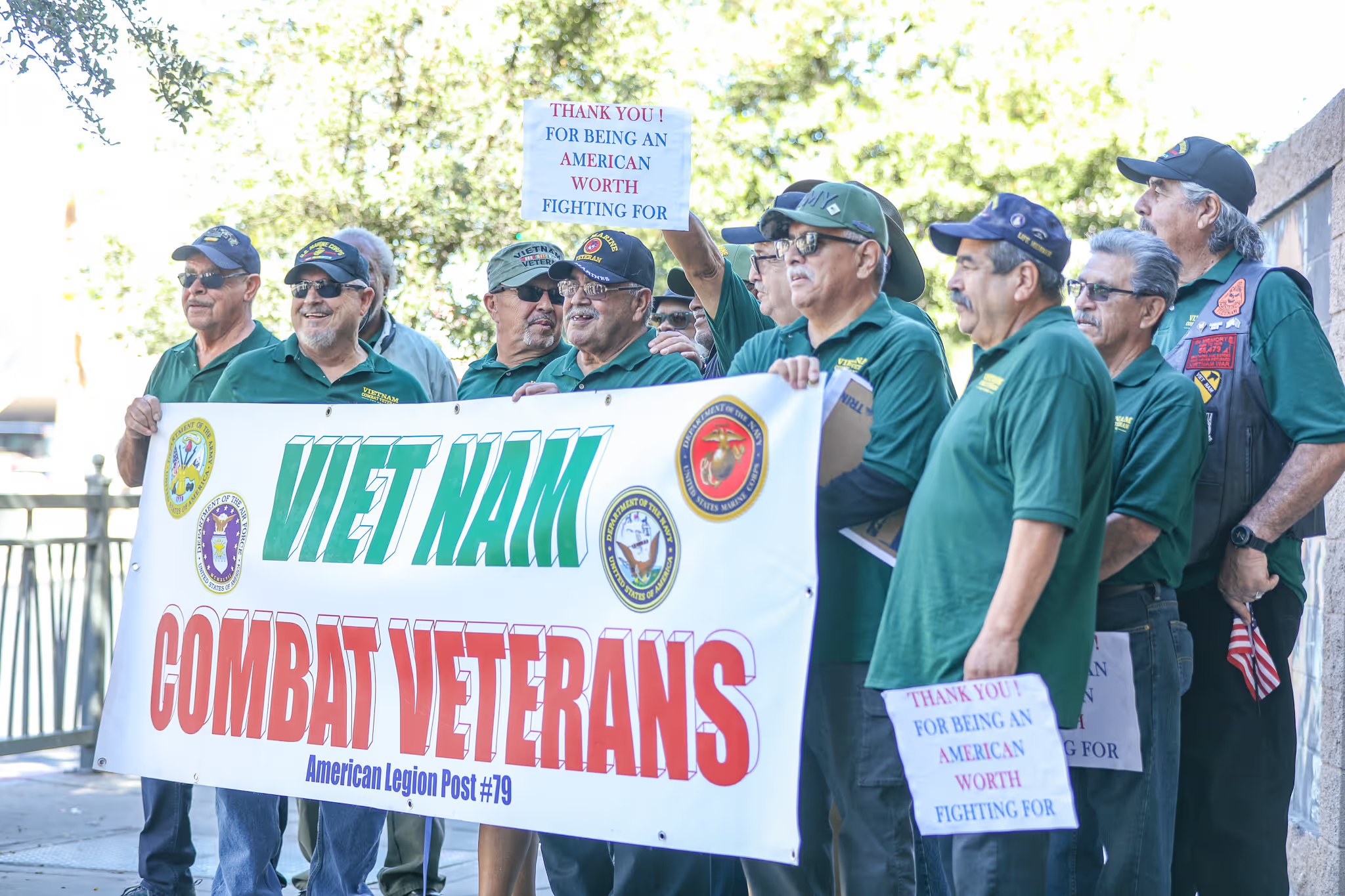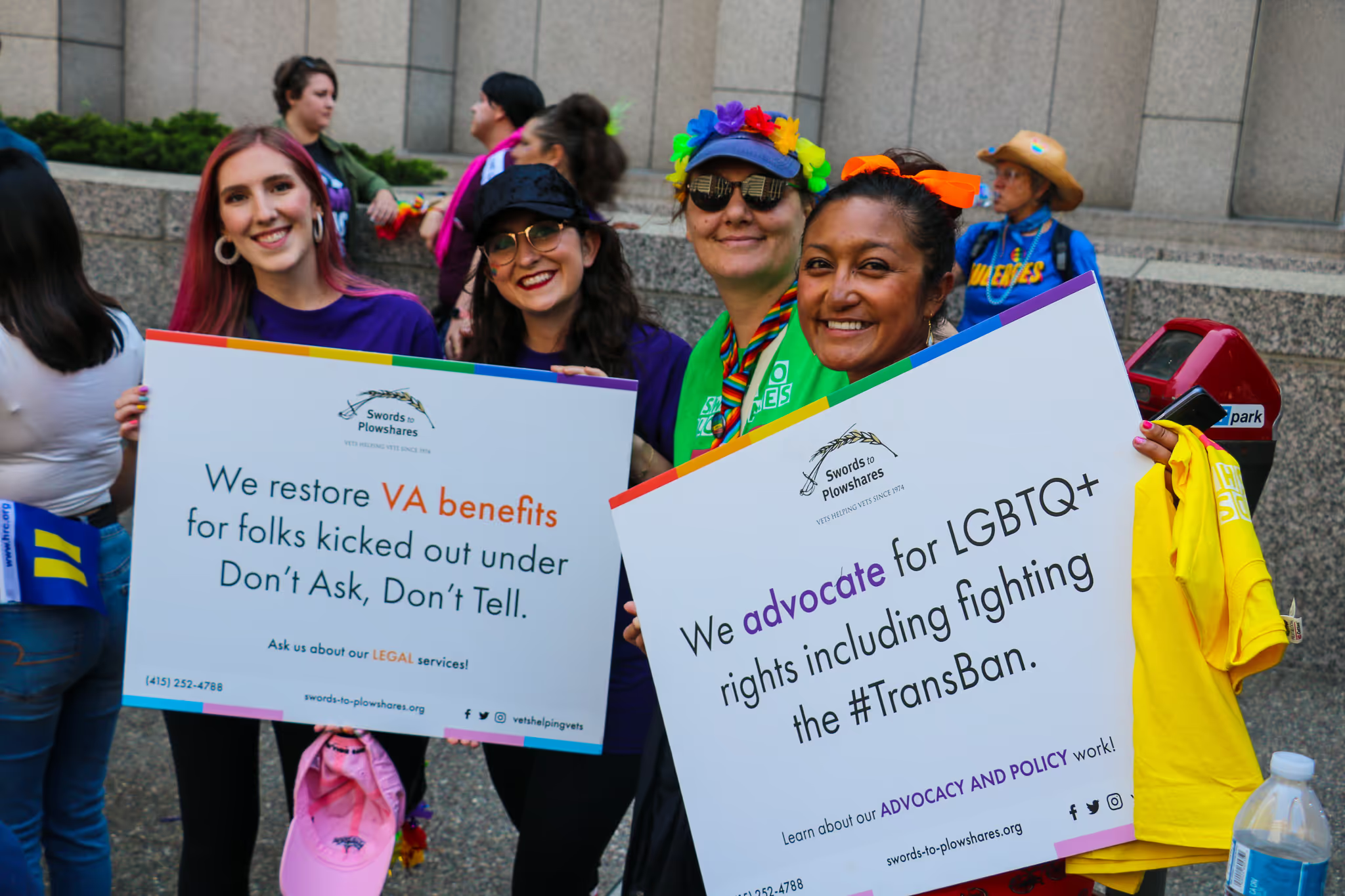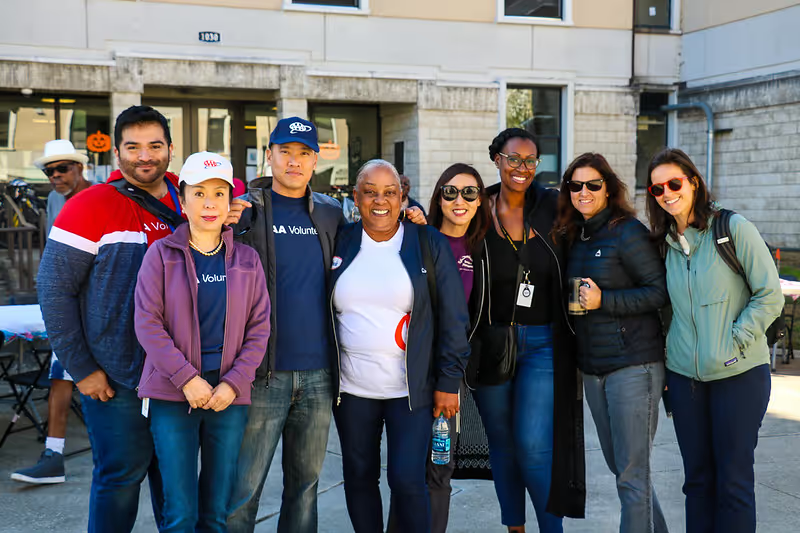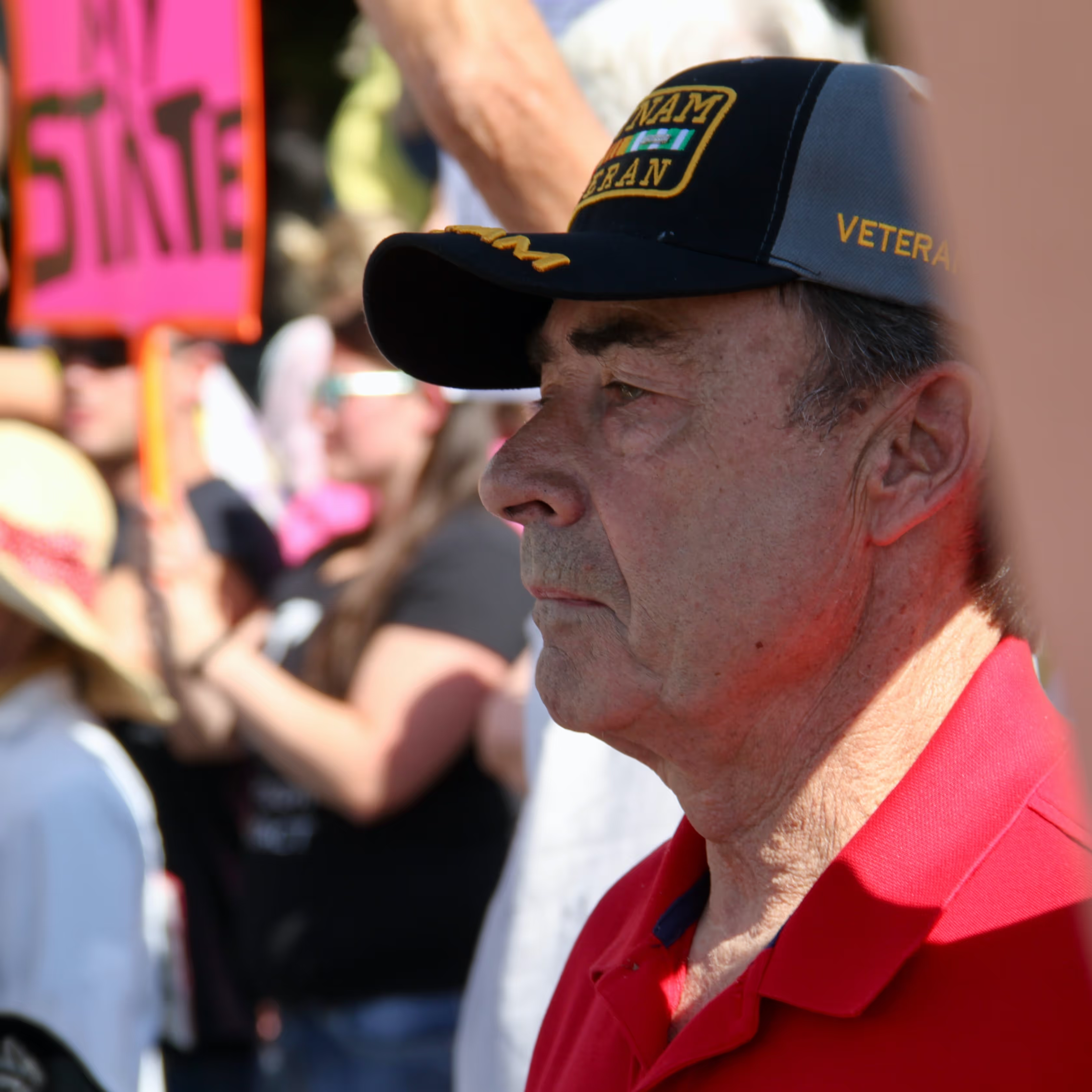LET THE DATA—AND THE MISSION—DRIVE YOUR STORY
Data for measuring progress, outcomes and impact is important to funders who want evidence that their investments are making a difference. It is also important that you collect data in a way that helps you determine the effectiveness of your programs, and helps you articulate this to your supporters.
We hear the term “data-driven” with more and more frequency. Being data-driven means valuing the process of learning from your data and applying those values to your programs. Nonprofits should implement data-driven strategies, but being in the community in which you serve, you must also rely on the value of your experience and figure out how to incorporate the two to collect meaningful information.
While supporters value data, they also want you to tell your story. Your reports and proposals are a reflection of your services. Well-written materials represent the caliber of services that you provide. Ask yourself:
- Does your proposal/report tell your story?
- Does it hold meaning beyond the operational numbers you are required to report on? Provision of quality reports and narratives should include both quantifiable information, illustration of community challenges, and success stories.
- Can your supporters get a sense of the dedication of your organization to its cause, of the impact of the organization on the veterans you serve?
As the tools and philosophies of big data evolve and spread across nonprofit organizations, they can change ideas about the value of experience. Data for nonprofits should be mission driven and describe the big picture of your organizational values, and data tools should be used so that they can easily reflect this. The process for collecting data should examine how best to concisely gather and analyze information without over-collecting data.
Too many nonprofits providing veterans services assess performance through program quantity as monitored by implementers (# served, # provided jobs or housing) rather than program quality derived from client data.
Let objective, client-centered data about the relationship between program quality and outcomes determine performance metrics. Make sure these outcomes touch on important quality of life indicators, such as:
- Housing: housing stability, housing retention, participation in programs and services, healthcare utilization, decreased emergency care use, management of chronic health conditions, improved health outcomes, increased financial benefits and income leading to economic stability, transition to independent living or permanent supportive housing retention.
- Employment: veteran skills building, job retention, increased income leading to economic stability, job promotion.
- Health and social services: increased financial benefits leading to economic stability, healthcare utilization, decreased emergency care use, management of chronic health conditions, stabilization of health conditions, increased health outcomes.
Funders like SMART goals that are specific, measurable, achievable, realistic, and timely. For instance, saying “improve health of veterans in our services” sounds great, but it needs to be defined further.
Applying the principles of a SMART goal would further define your program objectives; for instance, you can say:
- 85 percent, or 85 of the 100 veterans (measurable) served in our housing program (specific) will increase utilization of healthcare services, improve management of medications, remain in healthcare services, and reduce hospital readmissions (achievable and realistic) by the end of year 1 of the grant period (timely).
Listen to Wendy Meluch, Program Evaluation Specialist, discuss the important elements of a structured interview to gather the most important data from veterans in your program.
DEFINE YOUR SUCCESS STORY
Once you have established the big picture metrics and understand the importance of telling your story, figure out how you define your success. Here is a self-assessment that can be used during your program’s strategic planning:
- How do you assess barriers your veteran clients have in achieving goals (i.e., housing, access to benefits, mental health, employment)?
- How do you measure wraparound care to address barriers among veterans?
- Do services reflect informed veteran choice?
- Were the veteran’s strengths, abilities, and interests considered when establishing goals?
- Did the veteran lead the planning and formulate a plan?
- Do you measure program outcomes, or just outputs?
- Do the veterans served achieve truly meaningful outcomes?
- Were the services a quick fix to stabilize the veteran, or do the services offer a path to increased quality of life and positive outcomes for the veteran?
- Do you ask clients for their input through interviews, surveys, community meetings, or focus groups/listening sessions?
- Do you collect the on-the-ground truths from front-line staff?
THEORY OF CHANGE
A Theory of Change is a comprehensive description of the desired change that your services provide, and is used for planning, participation, and evaluation. Theory of Change defines long-term goals, then maps backward to identify necessary preconditions.
Many organizations have trouble defining the “missing middle” between their interventions and desired goals. By first defining long-term goals, then working backward to identify the conditions in place, you can create an outcomes framework and better articulate your story.
By linking activities to outcomes, staff may see how change occurs, leading to better planning and dedication to the mission. In addition, mapping out longer-term goals will lead to better evaluation protocol as staff are able to see beyond the program outputs they provide.
Creating a Theory of Change framework is a process, but it is a necessary one. Working with an evaluation specialist is helpful, and engaging staff during its development to ensure their program input is essential. Once the Theory of Change is developed, it should be on your website, included in your funding proposals, and articulated to your supporters.
LOGIC MODELS
A logic model is a visual road map of the relationship between your program's activities and its intended effects, depicting the connections between the resources, activities, outputs, outcomes, and impact of your program.
The best logic models are visual representations that clearly convey these relationships. They are especially useful for funders, who will want to know how your services improve outcomes for veterans and bring about short and long-term changes. Every program in your organization should have its own logic model, and every program should use their logic model to help guide their strategic planning.
Strategic planning for our programs and organization involves getting creative and taking a hard look at fundraising goals and leadership. This webinar provides those in employment and housing services the tools and resources needed to effectively plan for and sustain their programs.









